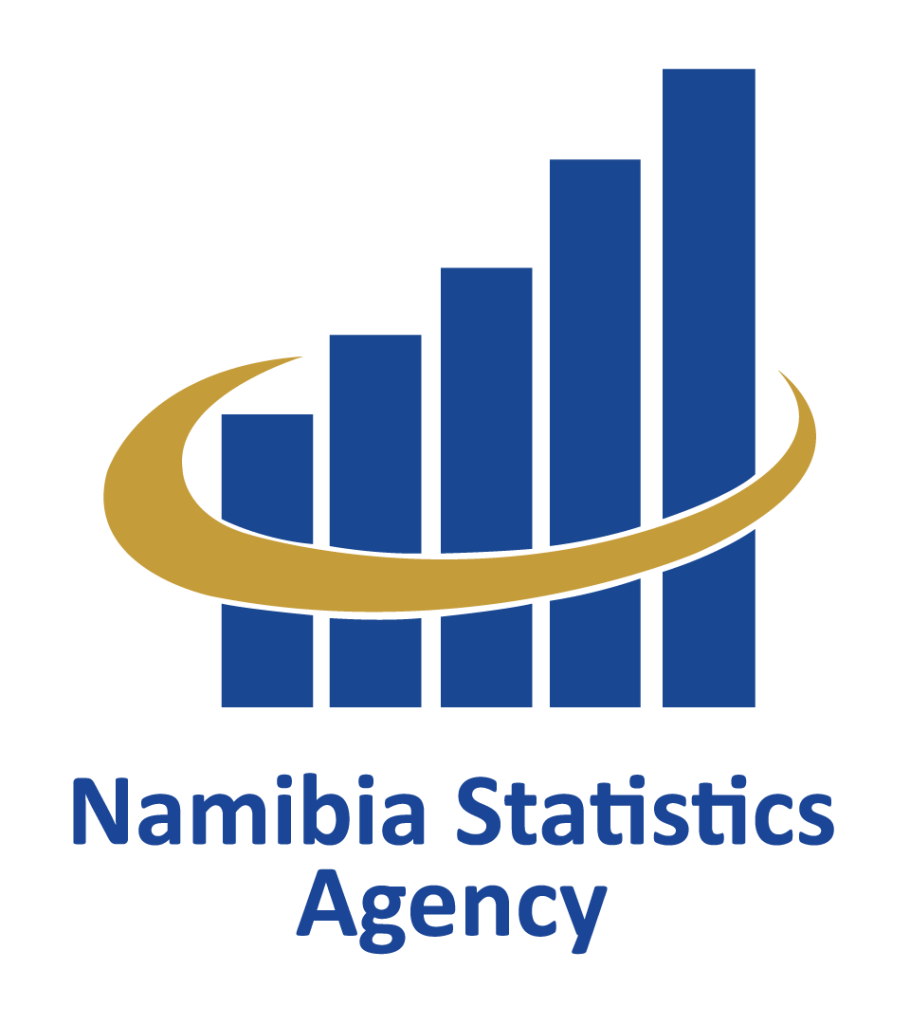The most recent census report shows a huge increase in population, reaching 3,022,401 people, with 1,548,177 females and 1,474,224 men, according to a preliminary report from the 2023 Population and Housing Census published on Wednesday.
The Namibia Statistics Agency, through its Statistician-General, Alex Shimuafeni, released the data, which show a tremendous rise of 909,324 people above the 2.1 million recorded in 2011.

This growth corresponds into an annual intercensal rate of 3% per year, tripling the pace observed in the prior period from 2001 to 2011, which was 1.4%.
Shimuafeni emphasised the significance of this growth trajectory, predicting that if it continues at this rate, Namibia‘s population will top 6 million by 2050.
The Khomas region is the most populated, with a population of 494,729, followed closely by the Ohangwena region, which has 337,729 individuals.
Notably, these two regions are four and three times larger than Omaheke, the least inhabited region. Omusati emerges as the third most populous region, with 326,671 people.
The paper also mentions a national population density of 3.7 people per square kilometre for the 2023 Census.
However, Shimuafeni emphasised that the preliminary report’s statistics are provisional and open to change. These figures will be used as provisional data until the final results are revealed in October.
The 2023 Population and Housing Census took place from September 18 to November 3.
Meanwhile, at the report’s launch, Prime Minister Dr. Saara Kuugongwela-Amadhila emphasised the need of making data-driven decisions to ensure that ‘No One Feels Left Out’, address general Namibian concerns, and make Namibia a better place.


